The first days and weeks of a new employee’s journey can significantly impact their long-term success within a company. Effective onboarding is more than just paperwork and introductions; it’s about creating a seamless transition that integrates them into the company culture and sets the stage for their professional growth. This blog post explores critical strategies for ensuring your employee onboarding process succeeds.
- Pre-boarding Preparation
Before the new hire even steps through the office doors, ensure their onboarding journey begins smoothly. Send them an email with essential information, such as the schedule for their first day, details on the dress code, and any pre-reading materials to help them familiarize themselves with the company
2. Personalized Onboarding Plans
Not all employees have the exact needs or background. Tailor your onboarding process to the individual by creating personalized plans based on their role, skills, and experience. This ensures they receive the relevant information and training required for their position.
3. Warm Welcome and Company Culture Integration
The first day can be nerve-wracking for new employees. Ensure you welcome them warmly, introduce them to the team, and help them understand the company culture. Consider assigning a mentor or buddy to guide them through their initial days, fostering a sense of belonging.
4. Structured Training Programs
Design a structured training program that covers essential job skills and an understanding of the company’s mission, vision, and values. This can include interactive workshops, online modules, and hands-on experiences that help new hires feel confident in their roles.
5. Feedback and Continuous Improvement
Collect feedback from new hires about their onboarding experience. Use this information to improve the process continuously. By listening to their insights, you can identify areas needing enhancement and ensure a better onboarding experience for future employees.
6. Technology Integration
Leverage technology to streamline the onboarding process. Utilize online platforms for document submission, e-learning modules for training, and communication tools for easy collaboration. This enhances efficiency and aligns with the expectations of tech-savvy employees.
7. Setting Clear Expectations
Ensure that new employees understand their roles and responsibilities from day one. Communicate performance expectations, goals, and key performance indicators. This clarity helps them align their efforts with the company’s objectives.
8. Social Integration
Foster social connections within the team by organizing team-building activities, lunches, or social events. A positive work environment is not just about tasks and deadlines; it’s also about building relationships that contribute to a healthy and motivated workforce.
Investing time and effort into effective employee onboarding is an investment in your company’s future success. By combining personalization, structured training, and a supportive environment, you can ensure that new hires adapt quickly and become valuable contributors to your organization’s growth. Remember, a successful onboarding process sets the stage for a fulfilling and enduring professional relationship.


No responses yet